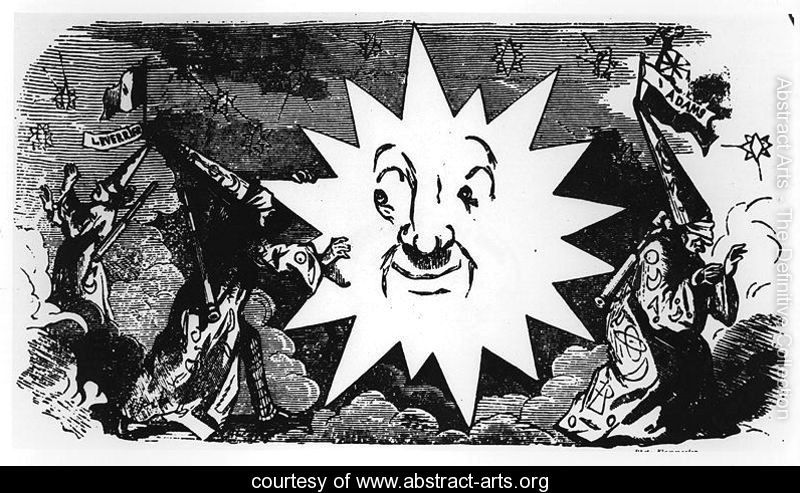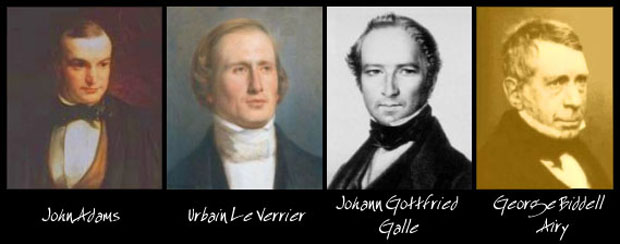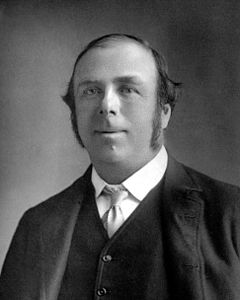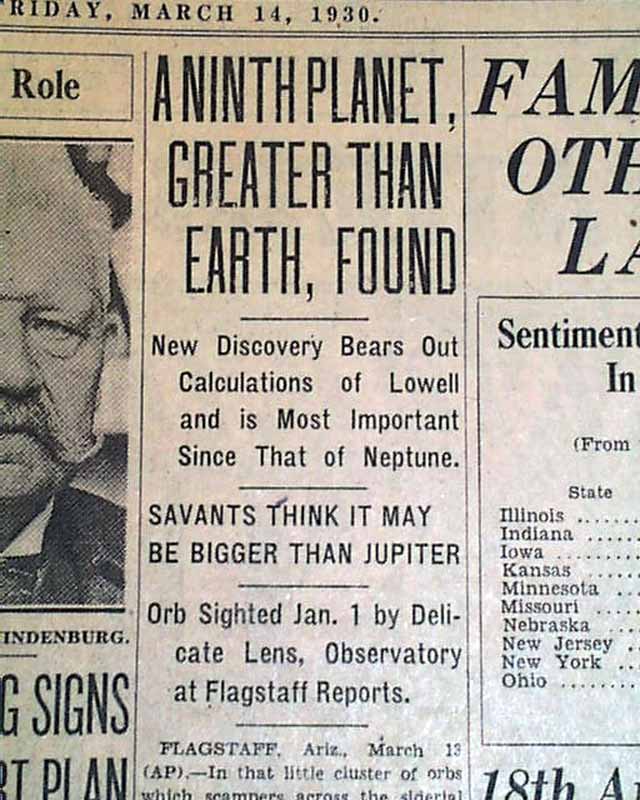
Looking for New Planets – Neptune and Pluto
Astronomical Myth-making
The usual but untrue presentation of the Discovery of Neptune:
according to Wiki: “The planet Neptune was mathematically predicted before it was directly observed. With a prediction by Urbain Le Verrier, telescopic observations confirming the existence of a major planet were made on the night of September 2324, 1846,[1] at the Berlin Observatory, by astronomer Johann Gottfried Galle (assisted by Heinrich Louis d’Arrest), working from Le Verrier’s calculations. It was a sensational moment of 19th century science and dramatic confirmation of Newtonian gravitational theory. In Franois Arago’s apt phrase, Le Verrier had discovered a planet “with the point of his pen”.” http://en.wikipedia.org/wiki/Discovery_of_Neptune
There is another version of the above that is distinctly at odds with Wiki, as we will see as we progress.
Gravitational Perturbations and the Prediction of New Planets by csep10.phys.utk.edu:
“If we account carefully for all known gravitational perturbations on the motion of observed planets and the motion of the planet still deviates from the prediction, there are two options:
1. Newton’s Law of Gravitation requires modification,
2. There is a previously undetected mass that is perturbing the orbits of the observed planets.
We shall see that the history of astronomy following the introduction of the Law of Gravitation by Newton gives examples of both.” http://csep10.phys.utk.edu/astr161/lect/history/perturbations.html
But things were not as straightforward as most modern science writers would have us believe. The discovery of Neptune was fraught with controversy at the time as can be seen here: http://en.wikipedia.org/wiki/Discovery_of_Neptune
And also here: http://adsabs.harvard.edu/full/1992JHA….23..261H
 The newspaper cartoons of the day caricatured blindfolded astronomers looking away from a brilliant Neptune and it seems the world and his wife were aware that the astronomers were pulling a fast one; unlike today when every uttered word is believed without question.
The newspaper cartoons of the day caricatured blindfolded astronomers looking away from a brilliant Neptune and it seems the world and his wife were aware that the astronomers were pulling a fast one; unlike today when every uttered word is believed without question.
“Charles Fort was an American writer and researcher into anomalous scientific phenomena.” (A pastime that is almost completely misunderstood today even by amateur astronomers and vehemently despised by professionals.) See: http://en.wikipedia.org/wiki/Charles_Fort He ransacked the libraries scientific periodicals for anomalous material that where grist for the ‘Fortean mill’. The discovery of Neptune on September 23-24, 1846, (just before his time), would have been an obvious target and well documented, a recent pristine history untainted by today’s scientistic revisionists.

Here’s what he had to say on the discovery:
“In The Story of the Heavens, Sir Robert Ball’s (still available at Amazon) opinion of the discovery of Neptune is that it is a triumph unparalleled in the annals of science. He lavishes–the great astronomer Leverrier, buried for months in profound meditations–the dramatic moment–Leverrier rises from his calculations and points to the sky–“Lo!” there a new planet is found.
My desire is not so much to agonize over the single fraudulencies or delusions, as to typify the means by which the science of Astronomy has established and maintained itself: According to Leverrier, there was a planet external to Uranus; according to Hansen, there were two; according to Airy, “doubtful if there were one.”
One planet was found–so calculated Leverrier, in his profound meditations.
Suppose two had been found–confirmation of the brilliant computations by Hansen.
None–the opinion of the great astronomer, Sir George Airy. Leverrier calculated that the hypothetic planet was at a distance from the sun, within the limits of 35 and 37.9 times this earth’s distance from the sun. The new planet was found in a position said to be 30 times this earth’s distance from the sun. The discrepancy was so great that, in the United States, astronomers refused to accept that Neptune had been discovered by means of calculation: see such publications as the American Journal of Science, of the period.
Upon Aug. 29, 1849, Dr. Babinet read, to the French Academy, a paper in which he showed that, by the observations of three years, the revolution of Neptune would have to be placed at 165 years. Between the limits of 207 and 233 years was the period that Leverrier had calculated. Simultaneously, in England, Adams had calculated. Upon Sept. 2, 1846, after he had, for at least a month, been charting the stars in the region toward which Adams had pointed, Prof. Challis wrote to Sir George Airy that this work would occupy his time for three more months. This indicates the extent of the region toward which Adams had pointed.
The discovery of the asteroids, or in Prof. Chase’s not very careful language, the discovery of the “asteroidal belt as deduced from Bode’s Law”: We learn that Baron Von Zach had formed a society of twenty-four astronomers to search, in accordance with Bode’s Law, for “a planet”–and not “a group,” not “an asteroidal belt”–between Jupiter and Mars. The astronomers had organized, dividing the zodiac into twenty-four zones, assigning each zone to an astronomer. They searched. They found not one asteroid. Seven or eight hundred are now known.
[Wiki: The Titius–Bode law (sometimes termed just Bode’s law) is a hypothesis that the bodies in some orbital systems, including the Sun’s, orbit at semi-major axes in a function of planetary sequence. The formula suggests that, extending outward, each planet would be approximately twice as far from the Sun as the one before. The hypothesis correctly anticipated the orbits of Ceres (in the asteroid belt) and Uranus, but failed as a predictor of Neptune’s orbit and has since been discredited further. It is named for Johann Daniel Titius and Johann Elert Bode.] https://en.wikipedia.org/wiki/Titius%E2%80%93Bode_law
Philosophical Magazine, 12-62: That Piazzi, the discoverer of the first asteroid, had not been searching for a hypothetic body, as deduced from Bode’s Law, but, upon an investigation of his own, had been charting stars in the constellation Taurus, night of Jan. 1, 1801. He noticed a light that he thought had moved, and, with his mind a blank, so far as asteroids and brilliant deductions were concerned, announced that he had discovered a comet.

As an instance of the crafty way in which some astronomers now tell the story, see Sir Robert Ball’s Story of the Heavens, p. 230: The organization of the astronomers of Lilienthal, but never a hint that Piazzi was not one of them–“the search for a small planet was soon rewarded by a success that has rendered the evening of the first day of the nineteenth century memorable in astronomy.” Ball tells of Piazzi’s charting of the stars, and makes it appear that Piazzi had charted stars as a means of finding asteroids deductively, rewarded soon by success, whereas Piazzi had never heard of such a search, and did not know an asteroid when he saw one. “This laborious and accomplished astronomer had organized an ingenious system of exploring the heavens, which was eminently calculated to discriminate a planet among the starry host … at length he was rewarded by a success which amply compensated him for all his toil.”
Prof. Chase–these two great instances not of mere discovery, but of discovery by means of calculation, according to him–now the subject of his supposition that he, too, could calculate triumphantly–the verification depended upon the accuracy of Prof. Swift and Prof. Watson in recording the positions of the bodies that they had announced–
Sidereal Messenger, 6-84:
Prof. Colbert, Superintendent of Dearborn Observatory, leader of the party of which Prof. Swift was a member, says that the observations by Swift and Watson agreed, because Swift had made his observations agree with Watson’s. The accusation is not that Swift had falsely announced a discovery of two unknown bodies, but that his precise determining of positions had occurred after Watson’s determinations had been published.
Popular Astronomy, 7-13:
Prof. Asaph Hall writes that, several days after the eclipse, Prof. Watson told him that he had seen “a” luminous body near the sun, and that his declaration that he had seen two unknown bodies was not made until after Swift had been heard from. Perched upon two delusions, Prof. Chase crowed his false raptures. The unknown bodies, whether they ever had been in the orbit of his calculations or not, were never seen again.”
New Lands, by Charles Fort
 The Accidental Discovery of Pluto
The Accidental Discovery of Pluto
Wiki says: “Pluto was discovered by Clyde Tombaugh in 1930, and was originally considered the ninth planet from the Sun. After 1992, its status as a planet fell into question following the discovery of several objects of similar size in the Kuiper belt. In 2005, Eris, which is 27% more massive than Pluto, was discovered, which led the International Astronomical Union (IAU) to define the term “planet” formally for the first time the following year.” https://en.wikipedia.org/wiki/Pluto
Wiki: “The Kuiper belt, sometimes called the Edgeworth–Kuiper belt, is a circumstellar disc in the Solar System beyond the planets, extending from the orbit of Neptune (at 30 AU) to approximately 50 AU from the Sun. It is similar to the asteroid belt, but it is far larger—20 times as wide and 20 to 200 times as massive.”
https://en.wikipedia.org/wiki/Kuiper_belt
The Kuiper belt is a theoretical entity just like the Titius–Bode law and it is important for readers to draw a demarcation line between reality and theory, if only for the purposes of this blog. Theory has somehow become as important as fact, causing the word fact to become meaningless.
csep10.phys.utk.edu: “Later, similar calculations on supposed perturbations of the orbits of Uranus and Neptune suggested the presence of yet another planet beyond the orbit of Neptune. Eventually, in 1930, a new planet Pluto was discovered, but we now know that the calculations in this case were also in error because of an incorrect assumption about the mass of the new planet…”
Effects Beyond Newtonian Perturbations
The power of Newton’s theory became apparent as detailed calculations accounted more and more precisely for the orbits of the planets. Any deviations from the expected behavior soon became viewed as evidence for unseen masses in the Solar System. However, later observations of anomalies in the orbit of Mercury could not be accounted for by the gravitational perturbation of a new planet (the hypothetical new planet, which turned out not to exist, was called Vulcan). As we discuss in the next section, early in this century this forced the replacement of Newton’s Law of Gravitation with Einstein’s Theory of General Relativity.” http://csep10.phys.utk.edu/astr161/lect/history/perturbations.html
The deviation in the orbit of Mercury was later found to be not solved by Einstein’s theory and there is still a measure of obfuscation regarding both its cause and the extent to which GR can explain it. But then the position of our Moon encounters the same uncertainty problem, discussed in my blog ‘Moon in their Eyes’.
 Some interesting contemporary reports with thanks to yowusa.com who have a long list of astronomical incompetence’s:
Some interesting contemporary reports with thanks to yowusa.com who have a long list of astronomical incompetence’s:
A rare astronomical report from the fifties: The Washington Reporter – Jan 2, 1952
Astronomers’ Scan Skies Seeking Tenth Planet X
“He says (Dr. Levitt) scientists have observed that Neptune is being lifted above it’s normal path in the heavens and that the cause may well be a huge tenth or perhaps even an eleventh planet slowly circling in space millions of miles beyond the present known limits of the solar system. “Perhaps in the near future” (they always say that) Dr. Levitt declares, “astronomers will again be pointing their telescopes to predetermined points searching for the point of light called Planet X.”
The Nevada Daily Mail – Apr 26, 1972
Planet X Delays Comet’s Arrival
“Intolerable errors” in the predicted timetable of Halley’s Comet have led a University of California scientific team to believe a 10th planet may be circling the sun beyond Pluto – outermost known planet in the solar system.
Three computer scientists at the University’s Lawrence Livermore Laboratory said Friday their prediction of the planet’s existence is based on mathematical calculations related to the orbit of the mysterious comet. http://www.yowusa.com/planetx/2012/planetx-2012-03a/1.shtml
As we can see, astronomers have never predicted anything mathematically and it is due to revisionists fabrications that a mathematical prediction mythology persists.
The falsehoods of the astronomers are only equaled by those of the physicists. The unreliable observations and predictions of the fifties, that were shown to be wrong by NASA probes are comparable to and even exceeded by the equally unreliable, outlandish, observations of pulsars, neutron stars, quasars, black holes etc. of today. But today’s astronomer’s confidence that they know it all is about equal to that of the fifties astronomers. Exponentially further away, physical theories are “proven” by these nebulous, theoretical, constructs, proffered with the certain knowledge that NASA is not going there any time soon to prove them wrong.